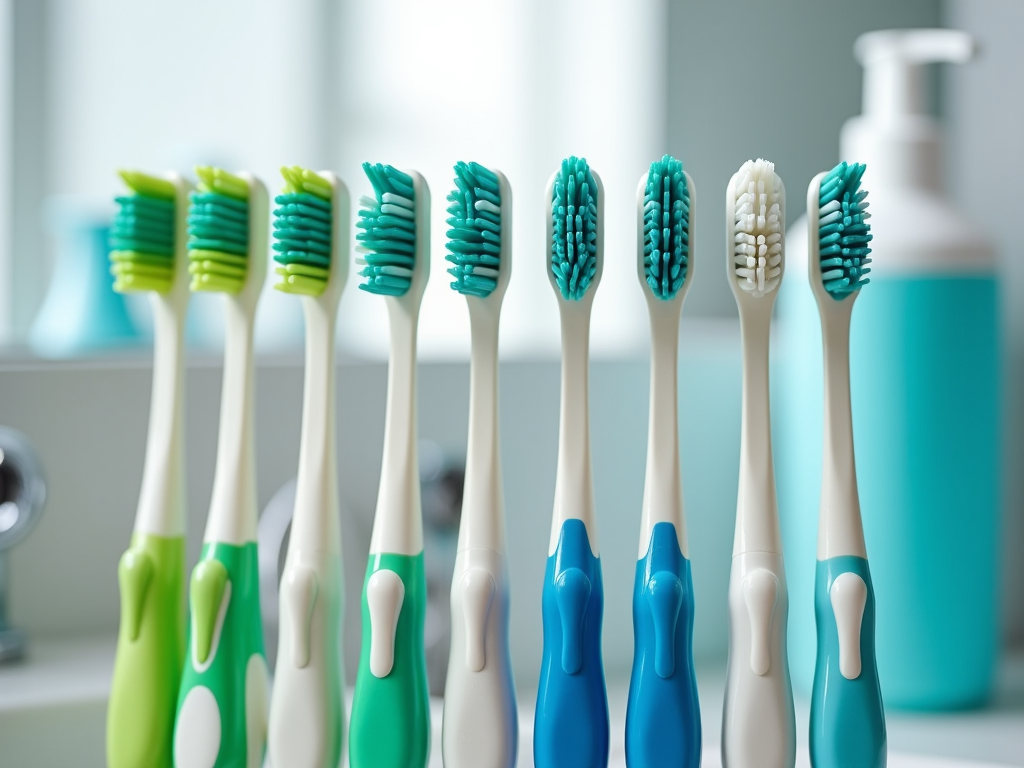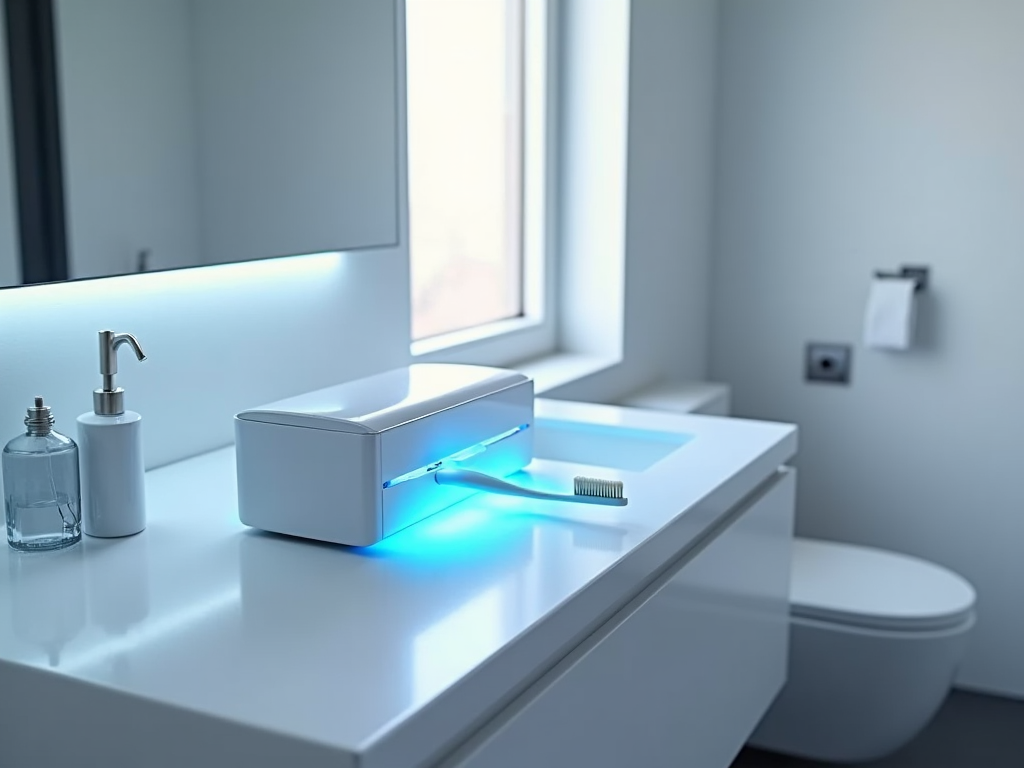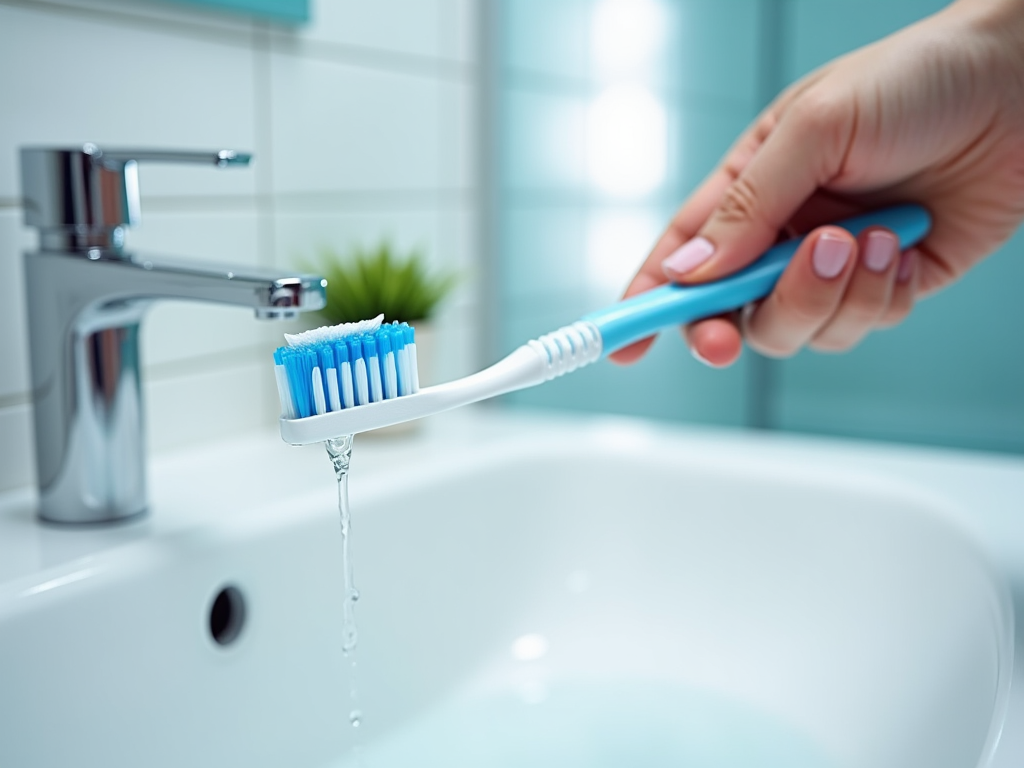Maintaining your oral hygiene extends beyond simply brushing your teeth; disinfecting your toothbrush and knowing when to replace it are vital practices for ensuring optimal dental health. Without regular cleaning, toothbrushes can harbor a plethora of bacteria that may compromise your oral and overall health. In this article, we’ll delve into effective methods for disinfecting your toothbrush and provide guidance on when it’s the right time to replace it.
Why Disinfecting Your Toothbrush is Important

A toothbrush is a tool for removing debris and bacteria from your teeth and gums, but it can also become a breeding ground for bacteria when not properly maintained. Moisture, food particles, and bathroom environments create ideal conditions for bacterial growth. Disinfecting your toothbrush reduces the risk of reintroducing harmful bacteria into your mouth. Regular disinfection helps prevent cavities, gum disease, and even bad breath, ensuring that your oral hygiene routine is genuinely effective.
There are several effective methods for disinfecting your toothbrush, ensuring it remains free from harmful bacteria. Here are the most recommended techniques:
- Rinse with Hot Water: Immediately after brushing, thoroughly rinse your toothbrush with hot water. This simple step helps remove any remaining toothpaste, saliva, and loose bacteria.
- Soak in Mouthwash: Use an antibacterial mouthwash to soak your toothbrush for about 15 minutes. This step kills additional bacteria and leaves your toothbrush with a fresh aroma.
- Use a UV Sanitizer: Consider investing in a UV toothbrush sanitizer that uses ultraviolet light to eradicate bacteria effectively. Follow the manufacturer’s instructions for optimal results.
- Hydrogen Peroxide Soak: Create a mixture using equal parts of hydrogen peroxide and water, and soak the toothbrush for a few minutes to disinfect. Make sure to rinse thoroughly afterwards.
When to Replace Your Toothbrush

Replacing your toothbrush at the appropriate time is as important as regular disinfection to maintain oral health. Typically, you should replace your toothbrush every 3 to 4 months. Over time, bristles become frayed and less effective at cleaning teeth and gums. Additionally, it’s crucial to replace your toothbrush after recovering from any illness, as germs can linger on the bristles and potentially cause reinfection. Pay close attention to wear and tear; if bristles are visibly bent or wearing out earlier, it’s time for a new toothbrush.
Best Practices for Toothbrush Storage
How you store your toothbrush can significantly impact its cleanliness and lifespan. Always store your toothbrush in an upright position and allow it to air dry completely between uses to inhibit bacterial growth. Avoid keeping your toothbrush in closed containers, as it can create a moist environment conducive to bacteria proliferation. Whenever possible, ensure your toothbrush doesn’t touch other brushes to prevent cross-contamination. Keeping these practices in mind will aid in maintaining both the effectiveness and hygiene of your toothbrush.
Conclusion
Proper toothbrush hygiene is an essential component of your oral health regimen. Regularly disinfecting your toothbrush and knowing when to replace it ensures that you maintain a clean and effective tool for oral care. By incorporating these practices into your daily routine, you’ll protect your mouth from harmful bacteria and enjoy a healthier, more radiant smile. With the right methods and timely replacements, your toothbrush will remain a powerful ally in your quest for optimal oral health.
Frequently Asked Questions
1. How often should I disinfect my toothbrush?
It is recommended to disinfect your toothbrush at least once a week to reduce bacterial buildup and ensure it remains clean.
2. Can a dishwasher clean my toothbrush?
Although some suggest using a dishwasher, the heat might be too harsh for the toothbrush, potentially damaging it. It’s safer to use methods like hot water rinses or mouthwash soaks.
3. Is it safe to use vinegar to disinfect my toothbrush?
Yes, soaking your toothbrush in vinegar is a natural disinfectant method. Allow it to soak for about 30 minutes before rinsing thoroughly.
4. What if I accidentally used someone else’s toothbrush?
Rinse your mouth with water and use antibacterial mouthwash to minimize exposure to germs. Replace your toothbrush and consider visiting a healthcare professional for advice.
5. Are there toothbrushes that self-disinfect?
Yes, some toothbrush models come with self-sanitizing features, such as UV technology or antimicrobial bristles, which help maintain cleanliness with minimal effort.
